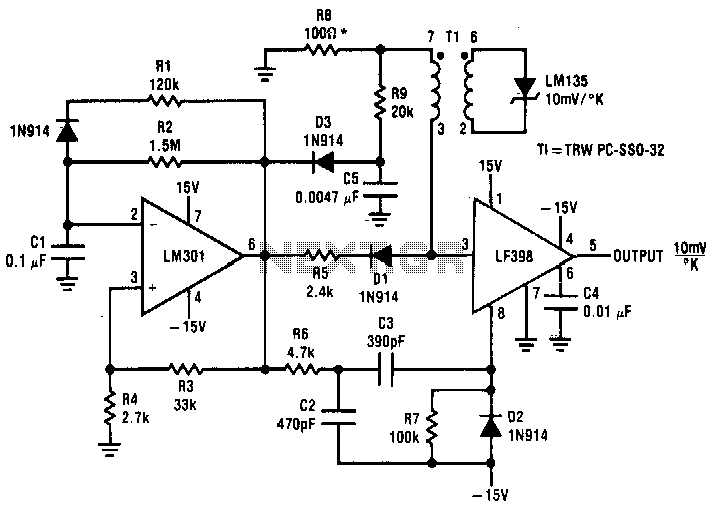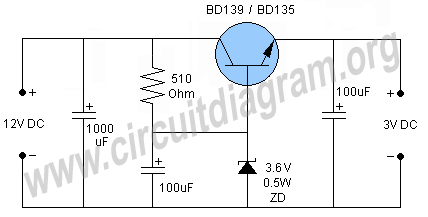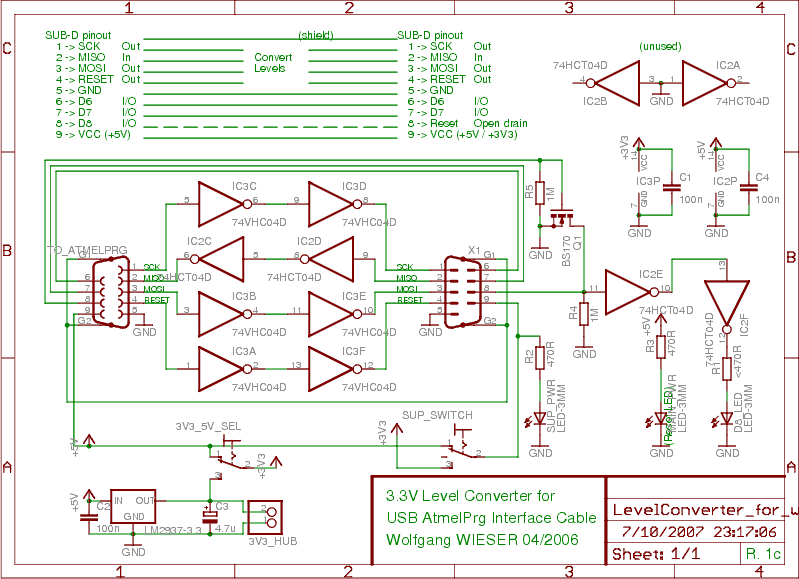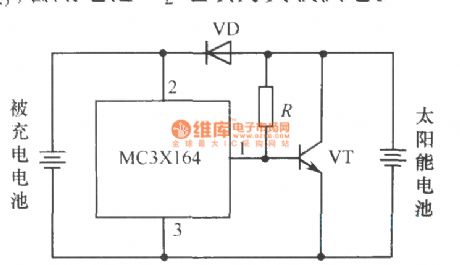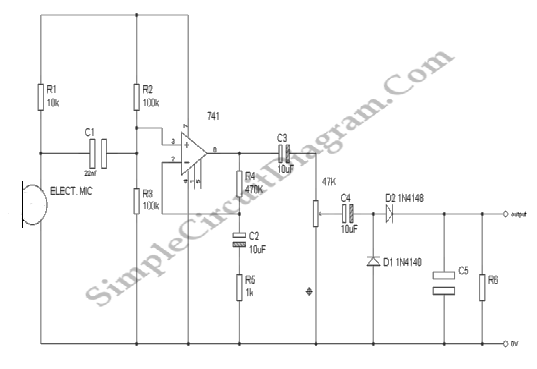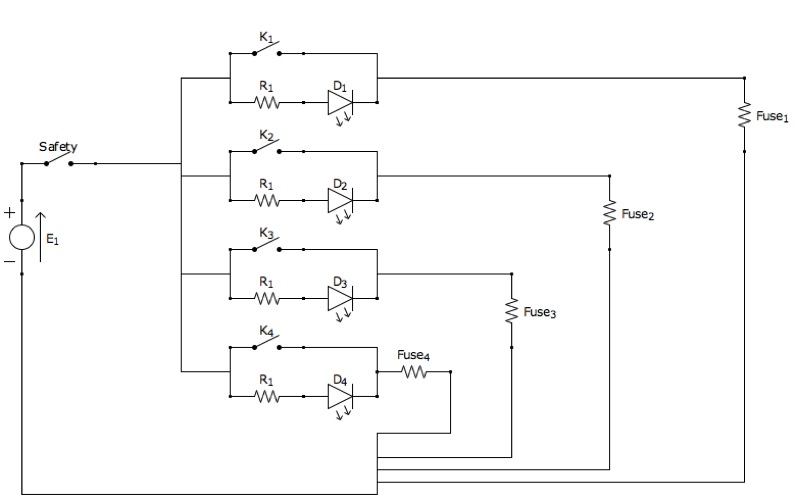
Solar Cells Light-Sound Converter
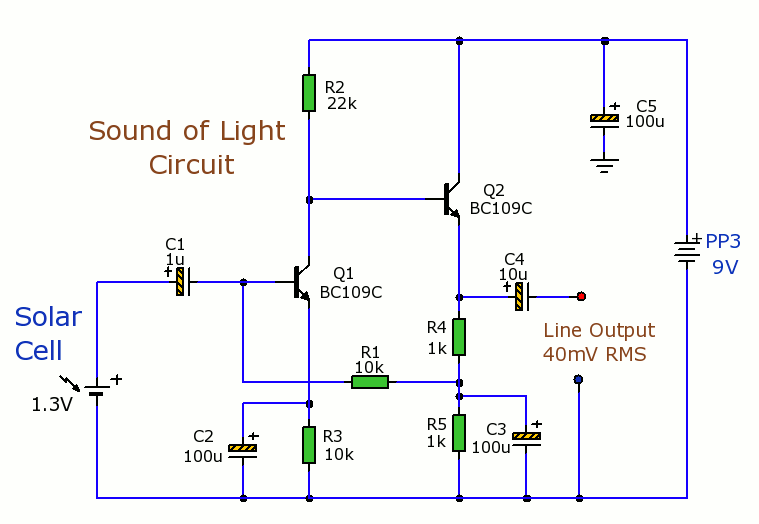
Solar Cells Light-Sound Converter. This is an experimental circuit that converts light into sound.
The Solar Cells Light-Sound Converter is an innovative circuit designed to transduce light energy into acoustic signals. This experimental setup utilizes photovoltaic cells to capture ambient light, which is then converted into electrical energy. The generated electrical energy is subsequently processed to produce sound, effectively creating an interface between light and auditory output.
The circuit typically consists of several key components: a solar cell, an operational amplifier, a microcontroller, and a speaker or piezo buzzer. The solar cell serves as the primary energy source, converting incident light into a direct current (DC) voltage. This voltage is then fed into an operational amplifier, which amplifies the signal for further processing.
The microcontroller plays a crucial role in interpreting the magnitude of the voltage generated by the solar cell. It can be programmed to adjust the frequency and amplitude of the sound output based on the intensity of the light detected. This allows for a dynamic auditory experience where variations in light levels correspond to changes in sound characteristics.
Finally, the sound output device, which could be a small speaker or a piezo buzzer, converts the amplified electrical signals back into sound waves, completing the conversion process. The resulting sound can vary from simple tones to more complex audio signals, depending on the design and programming of the microcontroller.
This circuit can be utilized in various applications, including educational projects, sound synthesis, and interactive installations, where it serves as a bridge between visual and auditory stimulation. The experimental nature of this circuit encourages further exploration and development, paving the way for more advanced light-to-sound conversion technologies.Solar Cells Light-Sound Converter. This is experimental circuit that converts light into sound.. 🔗 External reference
The Solar Cells Light-Sound Converter is an innovative circuit designed to transduce light energy into acoustic signals. This experimental setup utilizes photovoltaic cells to capture ambient light, which is then converted into electrical energy. The generated electrical energy is subsequently processed to produce sound, effectively creating an interface between light and auditory output.
The circuit typically consists of several key components: a solar cell, an operational amplifier, a microcontroller, and a speaker or piezo buzzer. The solar cell serves as the primary energy source, converting incident light into a direct current (DC) voltage. This voltage is then fed into an operational amplifier, which amplifies the signal for further processing.
The microcontroller plays a crucial role in interpreting the magnitude of the voltage generated by the solar cell. It can be programmed to adjust the frequency and amplitude of the sound output based on the intensity of the light detected. This allows for a dynamic auditory experience where variations in light levels correspond to changes in sound characteristics.
Finally, the sound output device, which could be a small speaker or a piezo buzzer, converts the amplified electrical signals back into sound waves, completing the conversion process. The resulting sound can vary from simple tones to more complex audio signals, depending on the design and programming of the microcontroller.
This circuit can be utilized in various applications, including educational projects, sound synthesis, and interactive installations, where it serves as a bridge between visual and auditory stimulation. The experimental nature of this circuit encourages further exploration and development, paving the way for more advanced light-to-sound conversion technologies.Solar Cells Light-Sound Converter. This is experimental circuit that converts light into sound.. 🔗 External reference
Warning: include(partials/cookie-banner.php): Failed to open stream: Permission denied in /var/www/html/nextgr/view-circuit.php on line 713
Warning: include(): Failed opening 'partials/cookie-banner.php' for inclusion (include_path='.:/usr/share/php') in /var/www/html/nextgr/view-circuit.php on line 713
